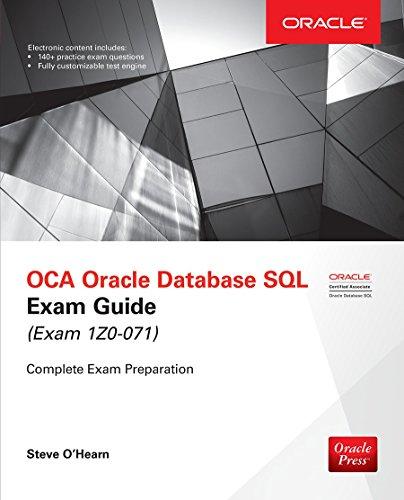Summarize this page

cach class are specified in terms of predefined procedures called methods. Rela- tional DBMSs have been extending their models to incorporate object database concepts and other capabilities, these systems are referred to as object-relational or extended relational systems. We discuss object databases and object-relational systems in Chapter 12. Big data systems are based on various data models, with the following four data models most common. The key-value data model associates a unique key with each value (which can be a record or object) and provides very fast access to a value given its key. The document data model is based on JSON (Java Script Object Notation) and stores the data as documents, which somewhat resemble complex objects. The graph data model stores objects as graph nodes and rela- tionships among objects as directed graph edges. Finally, the column-based data models store the columns of rows clustered on disk pages for fast access and allow multiple versions of the data. We will discuss some of these in more detail in Chapter 24. The XML model has emerged as a standard for exchanging data over the Web and has been used as a basis for implementing several prototype native XML systems. XML uses hierarchical tree structures. It combines database concepts with concepts from document representation models. Data is represented as elements, with the use of tags, data can be nested to create complex tree structures. This model con- ceptually resembles the object model but uses different terminology. XML capabili- ties have been added to many commercial DBMS products. We present an overview of XML in Chapter 13. Two older, historically important data models, now known as legacy data models. are the network and hierarchical models. The network model represents data as record types and also represents a limited type of 1:N relationship, called a set type. A 1:N, or one-to-many, relationship relates one instance of a record to many record instances using some pointer linking mechanism in these models. The network model, also known as the CODASYL DBTG model," has an associated record-at- a-time language that must be embedded in a host programming language. The net- work DML was proposed in the 1971 Database Task Group (DBTG) Report as an extension of the COBOL language. The hierarchical model represents data as hierarchical tree structures. Each hierar- chy represents a number of related records. There is no standard language for the hierarchical model. A popular hierarchical DML is DL/1 of the IMS system. It dom- inated the DBMS market for over 20 years between 1965 and 1985. Its DML, called DL/1, was a de facto industry standard for a long time







